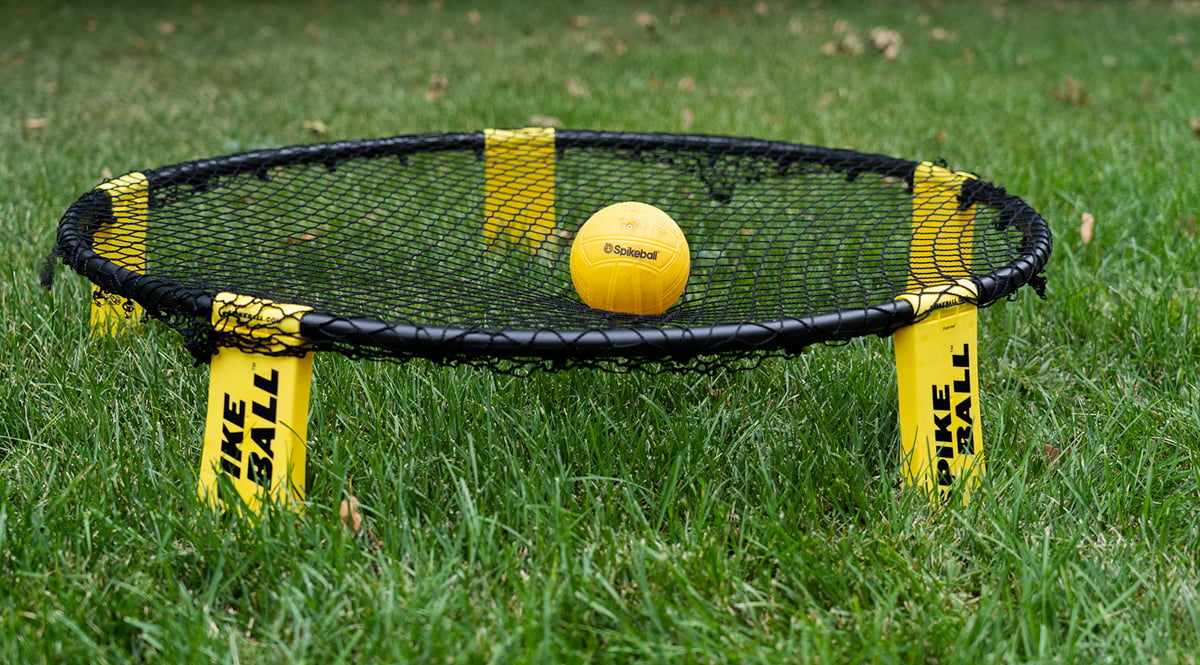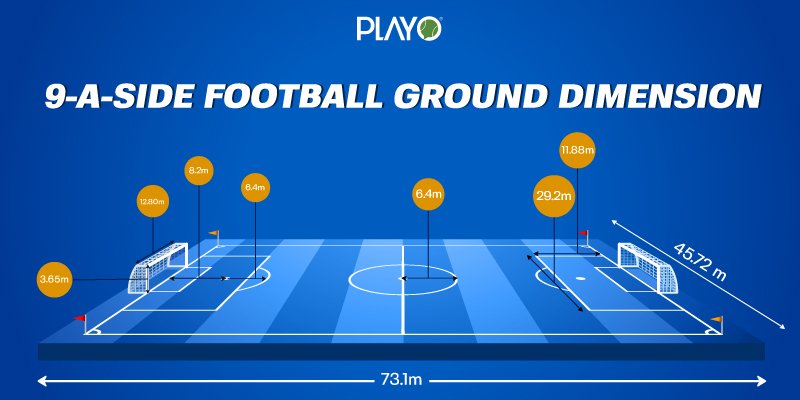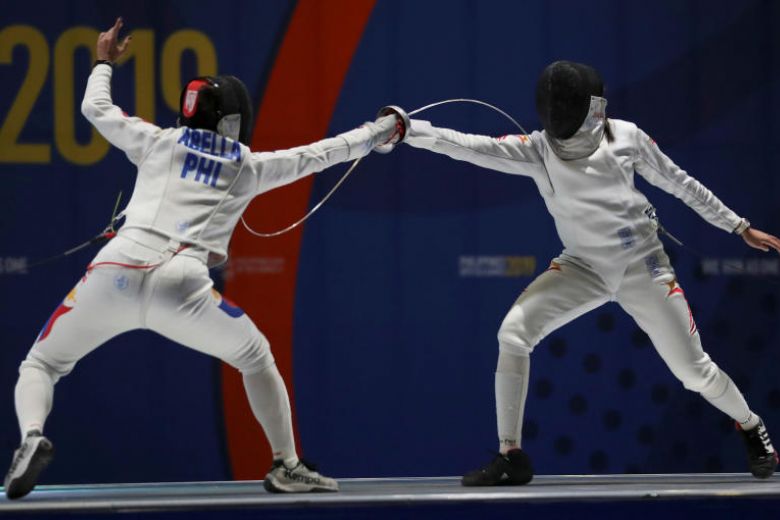Roundnet a.k.a Spikeball is a relatively new sport that has been garnering immense popularity off late. First things first. What is the real name of the sport that is popularised by the name spikeball? Well… Created by Jeff Krunek in 1989, Roundnet is the actual name of the sport and Spikeball, the brandname of the biggest player that promotes and sells the equipment for the sport.
According to the radical face changers of the game at Spikeball Inc., “The sport is commonly referred to as the love child between volleyball and four-square”. Two teams play against each other, with 2 members in each team and a mini trampoline like roundnet placed between them. A player starts a point by serving the ball down on the net so as to bounce it at his opponents. Up to three hits are allowed between the teammates for controlling and bouncing it back off the net towards the opponents. You score a point when your opponent misses a return. There are no boundaries once a point starts, allowing players to move or hit the ball in any direction.
SPIKEBALL BASICS & RULES
BEFORE PLAY
- The ball should be inflated to a circumference of 12 inches.
- The tension of the net should be consistent throughout. A ball dropped from 3 feet above the net should bounce up approximately 12-18 in.
DURING PLAY
- All players except the receiver must begin the point at least 6 feet from the net.
- The receiver may stand at any desired distance
- Once the server strikes the ball, players may go any where they choose.
- Possession changes when the ball contacts the net.
- Each team has up to 3 touches per possession.
- Determine a serving order which alternates players from the two teams (e.g. Player 3 follows Player 1, etc.).
- To equalise sun and wind effects, rotate starting positions 90 degrees counter-clockwise every 5 points if desired.
SCORING
- Roundnet/spikeball uses rally scoring: both serving and receiving teams can win points from a rally
- Games are typically played in sets of 11, 15, or 21. In tournament play, the tournament director specifies the winning score.
- Games can be won by two points unless otherwise agreed upon or specified.
- The rally ends and a point is awarded when the ball:
- contacts the ground or the opponent is unable to return the ball onto the net within 3 touches.
- directly hits the rim at any time, unless it’s the first serve.
- bounces and falls back onto the net or rim.
- clearly rolls across the net
SERVING
- If the receiving team wins the point, the next designated player serves according to the initial sequence. Otherwise, the server switches places with his/her partner and serves to the other receiving team member.
- The receiving team sets their position first. The server stands 180 degrees across the designated receiver–the only player allowed to field the serve.
- It is allowed to strike the ball with any amount of force while serving.
- If a server serves two faults, the receiving team wins the point. Violation of ANY of the following rules is a fault:
- The server must toss the ball upward at least 4 inches.
- If the server tosses the ball, he/she must hit it. Dropping, catching, or swinging at and missing a toss all count as a fault.
RALLIES
- Touches must alternate between teammates. Consecutive touches by one player result in a loss of a point.
- The contact should be clean, without holding, lifting or throwing the ball. Players may not hit the ball with two hands, even if placed together “volleyball style”.
- Players may use any individual part of their body to hit the ball.
- After the serve, any unusual bounce (i.e. pocket) that does not contact the rim is legal and playable.
- If a shot lands on the net, rolls onto the rim and then off the net (i.e. roll-up), it is played as a pocket, not a direct rim hit.
- If teams cannot determine the legality of a hit, replay the point.
INFRACTIONS
- Remember: Player safety is paramount
- Defending players must make an effort not to impede the offending team’s possession or play on the ball.
- If an offender collides with a defender, or a defender’s position prevents a markable offensive play on the ball, the infracted player may call “hinder” to force a replay of the point.
Gather three of your friends, step out and let us know how you enjoyed the game of spikeball!
Rules and Image Courtesy: www.spikeball.com





0 Comments